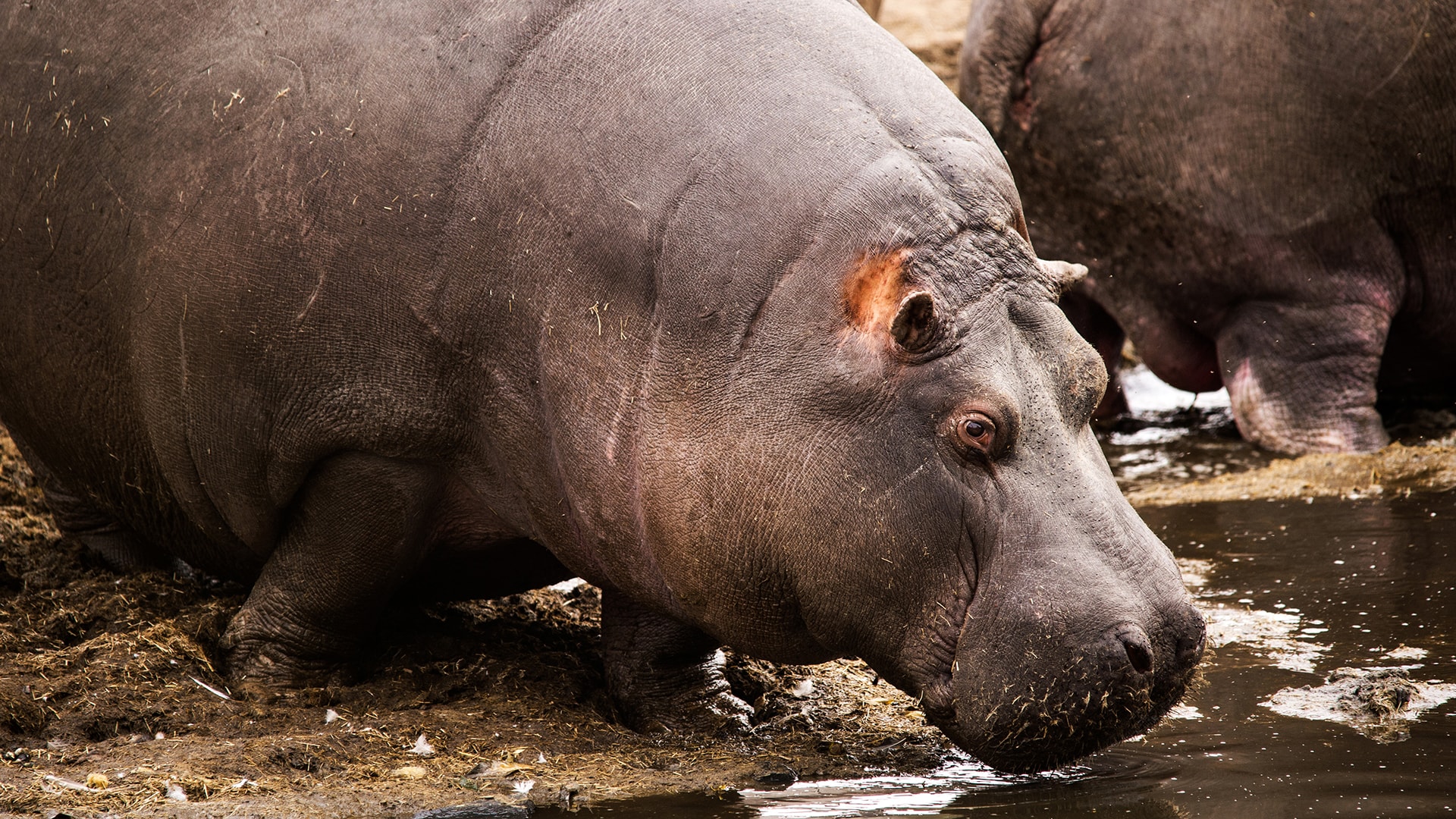
Challenges in Replicating Natural Habitats for Zoo Animals
Creating natural habitats for zoo animals is one of the greatest challenges faced by modern zoos. Each species has unique needs based on its native environment, including specific temperature, humidity, and space requirements. Zoos invest significant time and resources into designing enclosures that closely mimic the wild, ensuring the animals’ physical and psychological health.
For instance, large mammals such as lions, tigers, and bears require spacious enclosures with a variety of terrains—plains, rocks, and forests—to keep them active. Providing such varied environments allows these animals to engage in natural behaviors, like stalking, climbing, and foraging. Without these elements, animals can become stressed or exhibit abnormal behaviors.
Reptiles and amphibians pose another set of challenges, as they depend on precise temperature and humidity levels to regulate their body functions. Zoos use specialized heating lamps, water features, and carefully chosen plants to recreate the rainforests, deserts, or wetlands these animals come from. By providing such realistic habitats, zoos help ensure the animals remain healthy and can display their full range of natural behaviors.
In addition to climate control, zoos must consider the mental stimulation of animals. Behavioral enrichment programs often mimic the challenges animals face in the wild, such as finding food or navigating complex environments. This not only keeps the animals physically fit but also encourages cognitive development.

